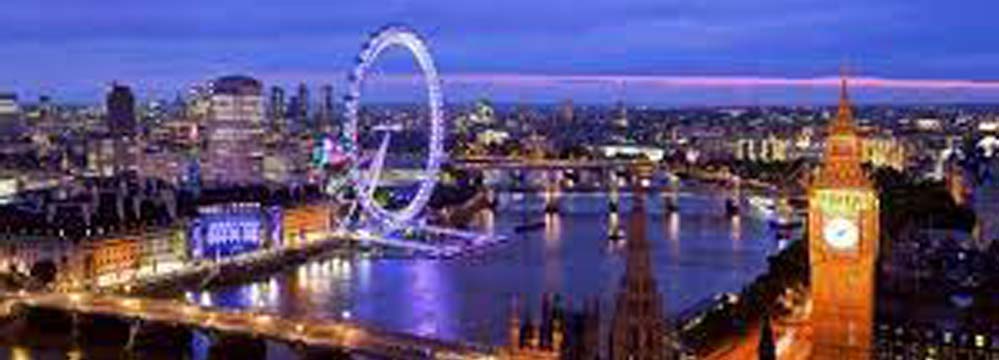(England Twitter)-Garden is the setting for the many Royal Garden Parties held by the Queen each summer. However, guests, while numerous and from all stations in life, are usually those who hold a public position, or are in some way of national interest. In 2008, three parties are for nominated members of the public; and four parties for Centenary of the Royal Charter to British Red Cross, the Territorial Army, the 'Not Forgotten' Association and for those attending the Lambeth Conference.
The guests take tea and sandwiches in marquees erected in the Garden. As a military band plays the National Anthem, the Queen emerges from the Bow Room and slowly processes through the ranks of assembled guests towards her own private tea tent, greeting those previously selected for the honour.
Big Royal Dig
Buckingham Palace Garden was one of three royal sites excavated over 25–28 August 2006 by the Time Team of archaeologists led by Tony Robinson. The results were televised, with some live streaming.
Timed to help celebrate the 80th birthday of Queen Elizabeth II (along with many other events ongoing throughout 2006), this marked Time Team's 150th dig. For the first time, the Queen gave permission for trenches to be dug in the grounds of Buckingham Palace, Windsor Castle, and the Palace of Holyroodhouse, Edinburgh. The Big Royal Dig is an example of the Queen opening up her homes for greater access to the public, as she did during her Golden Jubilee Weekend in 2002 and throughout 2006 for her birthday.
The archaeologists had an unprecedented opportunity to probe the geophysics and history of three royal residences over a four-day period, with teams working concurrently in the three locations.
Henry Wise's ornamental canal for Buckingham House
Buckingham House, a precursor of the Palace, was built in 1703 by the Duke of Buckingham. This graphic reconstruction shows Buckingham House from the Garden side towards the West Front, i.e. looking at the rear of today's Palace.
The archaeologists managed to uncover the original ornamental canal constructed by Henry Wise which ran westwards from the West Front of Buckingham House. (A surviving contemporary letter from the Duke of Buckingham to the Duke of Shrewsbury was instrumental in determining the canal's dimensions and thus the site for excavation.) The ornamental canal was the highlight of the garden, running straight down it, bordered by rows of trees. The parterre close to the house was flanked by formal gardens which continued as a row of trees bordering the canal. People sitting in the grandest rooms in the middle of the house would have enjoyed a most pleasing view.
Garden during the English Civil War
During the Civil War (1642-1651) London was Oliver Cromwell's Parliamentarian military centre, Royalist support for Charles I being based in Oxford. Goring Great Garden, as the Garden was then known, was the scene of defensive Parliamentarian earthworks - a situation whose irony Tony Robinson savoured, given the current Royal ownership. Anticipating some richly embarrassing finds, the television coverage featured a reenactment of a Roundhead (i.e., Republican) march on the great lawn.
Other finds
Robinson hoped to unearth evidence of Parliamentarian fortifications and a redoubt from the Civil War in the Garden, but in the event, no trace of Civil War Parliamentarian defenses was found. However, there were a number of 17th-century finds, including a possible button from Civil War uniform, a clay pipe, and a 17th-century trade token possibly from the pub The Swan on the Strand.
Additionally, evidence of the river Tyburn, which still runs below the Palace, was discovered. Other objects found included a diamond earring, dating to the Victorian era, and a 6,000-year-old Mesolithic flint blade

No comments:
Post a Comment